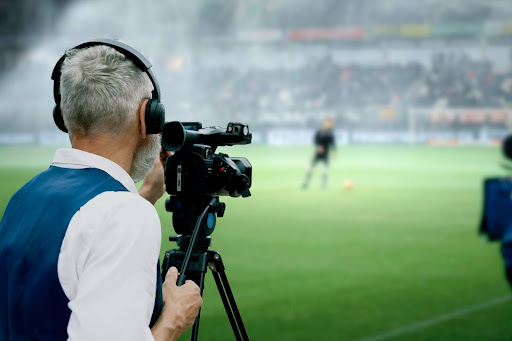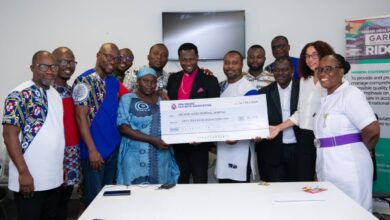How Sports Radios Are Using Online Tools to Reach More Listeners

Modern sports fans don’t wait for their daily commute back home to catch up with the latest sports news. With mobile phones and smart devices, game results are announced instantly through notifications on broadcasting apps, debates happen on forums and social media, and post-game analysis lives on podcasts.
Stations are stitching together live streams, short-form video, and on-demand shows to meet listeners wherever they are. Then, when the whistle blows, pulling them back to the live booth.
YouTube has become the most-used podcast platform in the U.S. Practically, that means “radio shows” now need a camera angle, captions, thumbnails, link-in-bio, and the works to win the algorithm. Radio stations that simultaneously broadcast their midday show, then cut into highlights into Shorts, then publish full episodes as Video-On-Demand (VOD) are the ones winning. U.S. sports fans, especially trendy generations, are expecting to watch and listen interchangeably.
Modern sports radio encompasses a whole digital ecosystem, hosting various opportunities for monetization. For listeners entering contests, participating in fantasy draft leagues, or betting recreationally, a smooth payment experience is important.
Sports fans are increasingly using cryptocurrency for sports betting, and they need reliable information on trusted crypto withdrawals, including which platforms process payouts quickly and transparently. Radio stations that promote and share such information tend to retain fans who engage with crypto-friendly betting platforms.
A lot of what drives modern sports broadcasting is fueled by news and discussions on social media. Influencers increasingly shape the sports-news feed. Sports stations respond by moving beyond simple link posts. For example, activating live X Spaces during trade deadlines or Instagram Reels directly from the team’s practice facilities. Then, TikTok explainers compress a 10-minute segment into 45 seconds.
It is this social layer that keeps a sports radio brand relevant and in the current conversation between shows. This feeds back into and funnels listeners back to the full stream when breaking news hits.
Live play-by-play still creates the biggest listenership spikes. But with digital tools, these peaks are extending those moments into a week of content. A tight workflow is crucial for continuous engagement, e.g., simulcast the show on YouTube, then with just one button, spin the audio into a podcast feed, and schedule clips to roll out on social with links back to the site’s player. Nielsen’s record of 2024 U.S. Q4 audio listening trends shows why that matters: AM/FM radio still dominates ad-supported audio time in the U.S., but podcasts and streaming keep gaining share. A combination of courting audiences through both live and on-demand media is therefore the most effective approach.
Still, one of the most successful, but underused, digital tools is email and push alerts. It’s as simple as a pregame email with three talking points and a “Listen Live” button. Followed by a push notification when a possible game-deciding moment occurs, this technique has been proven to drive tune-in moments.
Stations that pair email and push alerts with a consistent SMS club tend to achieve reliable listening spikes regardless of algorithmic shifts.
Sports communities on platforms like Discord, Reddit AMAs, or live blog pages are where listeners are converted into participants. This participation, in turn, fuels better programming. A daily poll in the station app doubles as show prep, as well as a content bank for midday social posts. When a local college upsets a ranked opponent, for example, it is the station that already has a fan Discord, text club, and a fast clip pipeline that owns the next 24 hours.
Digital success is not just about likes and comments. With a dynamic ad insertion, a single interview can run live locally and then continue to earn for weeks as a podcast segment. Branded segments stay applicable across platforms. For sales teams, a smart-speaker inventory and pre-roll-on highlight clips are all new packages.
The key to success as a modern sports radio station is simple: be everywhere your listeners already are, and reduce friction for them at every point in their action with you. The stations that will win the next season will still nail the live call. But they will also have to master thumbnails, voice prompts, retention graphs, and every two-minute recap from before the locker-room doors open till well after.





